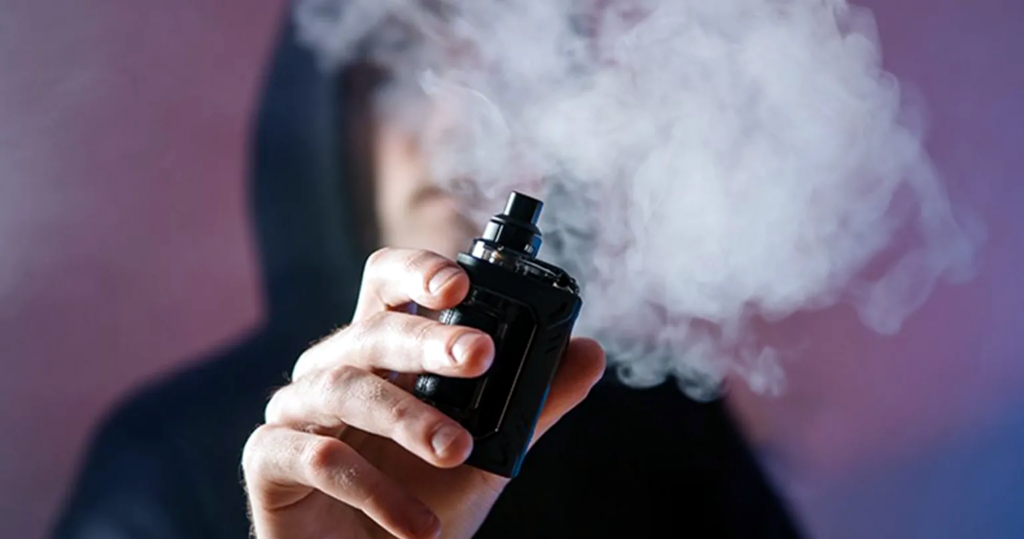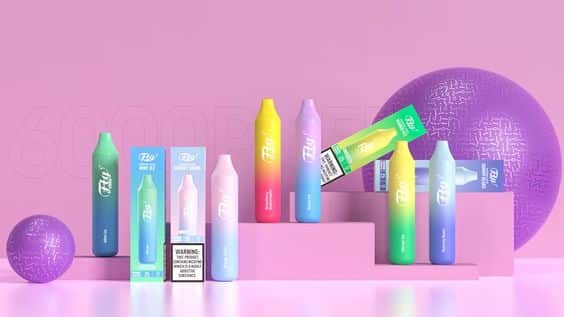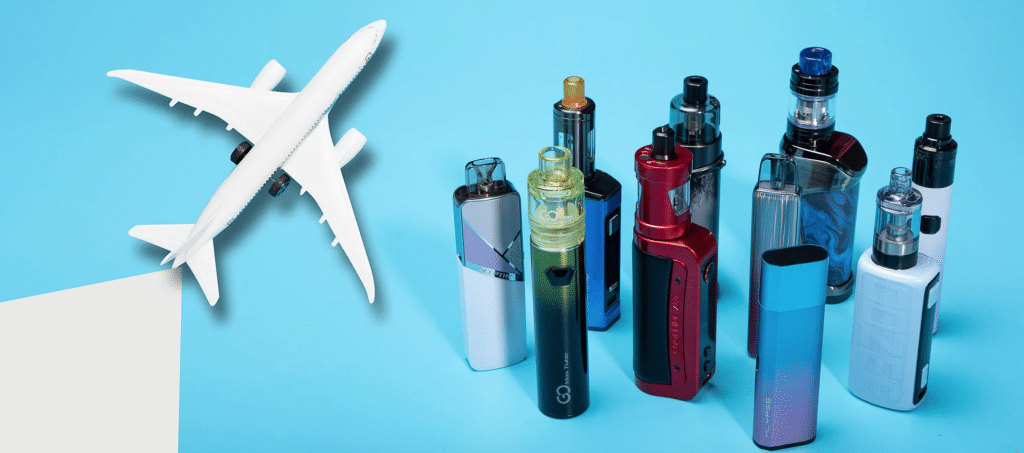What is Nicotine Free Vape?
Nicotine-free vapes, first introduced in the early 2010s, emerged as a response to growing interest in harm reduction and lifestyle-oriented vaping. Initially popularized by former smokers seeking to maintain the tactile and social aspects of vaping without nicotine dependence, these devices quickly gained traction among casual users drawn to their flavor diversity and novelty. Over time, brands like VELO, Zyban, and JUUL (with nicotine-free lines) expanded their offerings, framing nicotine-free vaping as a “guilt-free” alternative for flavor enthusiasts. By the mid-2010s, the market exploded with creative flavor profiles, positioning these devices as both a smoking cessation step-down tool and a recreational activity.
How Many People Choose Nicotine Free Vape?
A CDC report (2021) found that 8.5% of adult vapers in the U.S. reported using nicotine-free products, with higher adoption among younger adults (18-24) and former smokers transitioning away from nicotine. The Global State of Tobacco Harm Reduction survey (2022) highlighted regional differences: nicotine-free vapes are most popular in Europe (12% of vapers) compared to North America (9%), driven by flavor-focused marketing and health-conscious trends. According to a 2023 analysis of surveys and market data, Approximately 10-15% of vapers globally opt for nicotine-free e-cigarettes.

Main Components of Nicotine Free Vape
Nicotine-free vapes retain the foundational ingredients of traditional e-liquids, minus nicotine:
- Propylene Glycol (PG): A thin, odorless liquid that carries flavor and provides a throat hit.
- Vegetable Glycerin (VG): A thicker, sweeter base that produces dense vapor clouds.
- Food-Grade Flavorings: Synthetic or natural extracts designed for oral consumption, though their safety for inhalation remains debated. Common examples include ethyl maltol (sweetener) and limonene (citrus flavor).
- Optional Additives: Some include cooling agents (menthol, WS-23) or sweeteners (sucralose) to enhance sensory appeal.
Potential Risks of Nicotine-Free Vapes
While nicotine-free vapes eliminate the addictive properties of nicotine, mounting research highlights significant health risks tied to their other components and usage patterns. A 2020 study in JAMA Network Open found that even short-term use of nicotine-free e-cigarettes can impair lung function, with users showing reduced FEV1/FVC ratios (a measure of airway obstruction) comparable to traditional smokers. The heating of propylene glycol (PG) and vegetable glycerin (VG)—base liquids in all vapes—generates harmful byproducts like formaldehyde and acrolein, as demonstrated in a 2018 New England Journal of Medicine study, which detected carcinogenic compounds in e-cigarette aerosols.
Flavor additives pose additional dangers. A landmark 2016 Harvard study revealed that 75% of flavored e-liquids contained diacetyl, a chemical linked to bronchiolitis obliterans (“popcorn lung”), even in nicotine-free products.
As a summary, the potential risks of nicotine-free vapes include these 3 parts:
- Chemical Exposure: Harmful byproducts from heating PG/VG and flavorants.
- Lung Damage: Inflammation, reduced function, and rare diseases like popcorn lung.
- Youth Targeting: Flavors normalize vaping among non-smokers.
How To Lower The Risks? Choose The Right Ones
How To Lower The Risks? Choose The Right Ones
While nicotine-free vapes are less risky than nicotine-based products, they are not harmless. Combining your strategies with these added steps can minimize (but not eliminate) health risks.
Choose Reputable Brands
Stick to trusted brands like Lost Mary, Geek Bar, or RELX if you’re going nicotine-free—they actually care about what’s in your vape. Brands like Lost Mary and Geek Bar ditch sketchy additives (goodbye, phthalates and diacetyl!), while RELX follows strict EU safety rules to keep their manufacturing clean. A 2022 study even found regulated brands slashed toxic crap by 90% compared to shady knockoffs. Bottom line? Big names aren’t perfect, but they’re way safer than mystery gas station vapes.
Avoid Harmful Additives
Watch out for these sneaky ingredients hiding in your vape juice—that buttery flavor? It’s tied to serious lung damage. Cinnamon spice is not so nice for your airways, according to a 2019 study. And those icy menthol and WS-23 cooling agents? They might feel refreshing but can irritate your lungs over time. Your best bet? Grab brands like Airbender or Puff Zero that actually brag about being “clean” or “additive-free”—because you shouldn’t need a chemistry degree to vape safely.
Moderate Usage Frequency
Hitting it nonstop can still mess with your lungs, causing irritation and even oxidative stress over time. And it’s not just your lungs—research shows frequent vaping can also affect your blood vessels, reducing their function and potentially impacting circulation. So while it might feel like no big deal, moderation is key. Try to keep it reasonable—think 5-10 puffs max per day, and skip those marathon chain-vaping sessions where you’re puffing away like a steam engine. Your lungs (and the rest of your body) will thank you in the long run.



